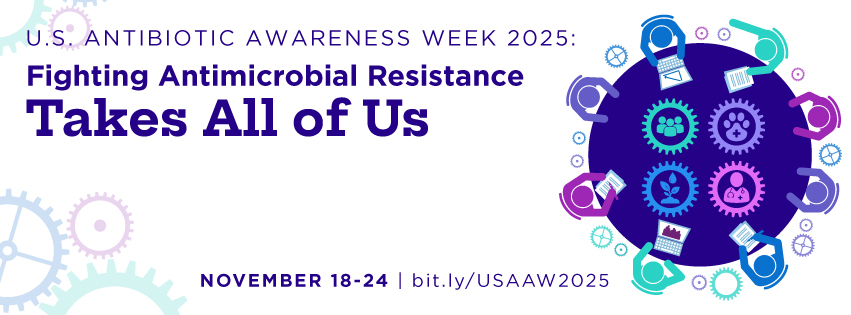Why Collaboration Matters
Antimicrobial resistance (AMR) is not confined to hospitals or clinics—it spans human health, animal health, and the environment. Resistant bacteria can move between people, animals, and ecosystems, making AMR a One Health issue. For clinicians, this means stewardship efforts must extend beyond prescribing practices to include partnerships across sectors. The One Health approach, endorsed by the CDC and WHO, emphasizes collaboration among physicians, veterinarians, pharmacists, environmental scientists, and public health professionals. This integrated strategy is essential to slow the spread of resistance globally.
How Clinicians Can Engage
- Partner with Pharmacists and Infection Preventionists
- Work together to implement stewardship protocols in inpatient and outpatient settings.
- Share prescribing data and resistance trends to guide formulary decisions.
- Collaborate with Veterinarians and Public Health Agencies
- Advocate for judicious antibiotic use in agriculture and companion animals.
- Participate in local AMR task forces or advisory boards.
- Support Community Education
- Join outreach programs that teach families about safe food handling and the dangers of unnecessary antibiotics.
- Provide culturally appropriate materials for diverse populations.
Resources for Clinicians
- One Health Commission Resources
- One Health | One Health | CDC
- Action against antimicrobial resistance requires a One Health approach (WHO)
Key Takeaways
- AMR is a shared problem requiring shared solutions.
- Clinicians can lead by building bridges across human, animal, and environmental health.
- Collaboration amplifies stewardship impact and protects antibiotics for future generations.
Call to Action:
Join the conversation during U.S. Antibiotic Awareness Week using #USAAW25 and #AntibioticsAware. Explore resources and consider how your practice can integrate One Health principles.
